Conservation of the Ancient Temples of India with Special Reference to Andhra Pradesh
As Hinduism is a living faith in India there are temples all over the land including Andhra Pradesh. While a good number of temples that have come up in A.P. State during the last 50 to 100 years are generally built with present day building materials like cement, steel etc., there are some ancient temples dating back to 7" cent. A.D built of stone with out any binding material. Whether these ancient temples are in the custody of the state Endowments Department or not, those identified as Ancient Temples are declared as protected Monuments. There are about 260 ancient temples and temple re- mains declared as protected Monuments in Andhra Pradesh. Broadly speaking, the preservation work undertaken in ancient structures declared as protected monuments can be termed as Conservation. Conservation of protected ancient temples is being done by Central or State Archaeology Departments or under their guidance, according to the principles of Conservation that apply to all protected monuments. So, to comprehend the Conservation work being done in ancient temples, it is necessary to have a broad idea with regard to what is an ancient Monument and what is Conservation. The 1* part of the study attempts to outline the Ancient Monument and its relevance to the present day world, and also about Conservation and its application to Indian monuments. To evaluate or assess the Conservation work being done in ancient temples, it becomes imperative to know about the Indian temple as a structure, which means how it was built. Though the spirit behind a 7th cent AD Chalukyan temple and a 16" cent AD Vijayanagar temple is the same, the structural form is not same. While the 7" cent temple is a simple structure with a Cella and Mandapa, 16" cent temple is a widely enlarged temple complex. So, it is essential to see Through the development of the temple form and also its construction technique. As Conservation work in ancient temples is directly related to its deterioration, it is also necessary to have an idea of the various causes contributing to the deterioration of the temple structure. The second part covers all these things. To have an idea of the ancient temples in Andhra Pradesh, the architecture of a few ancient temples is outlined and the Transplantation work of temples undertaken in the submergence area of Srisailam Hydel Project is also outlined in the end.
Get it now and save 10%
BECOME A MEMBER

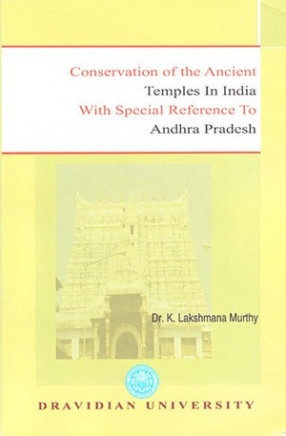
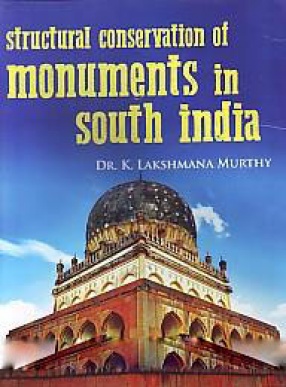
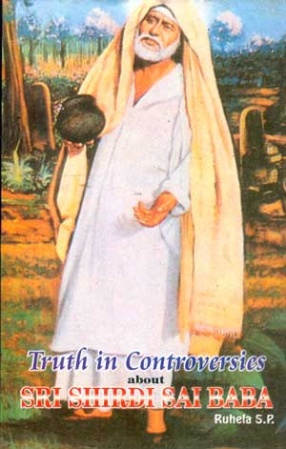
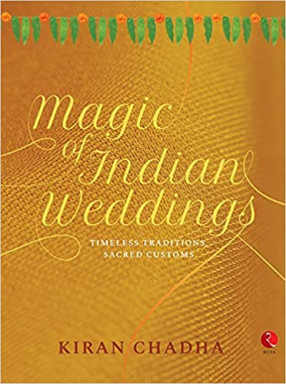
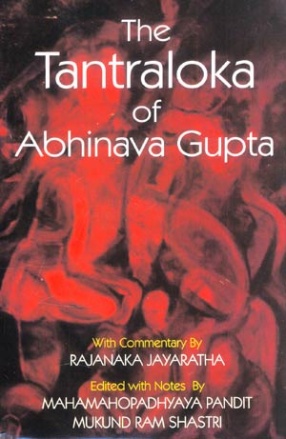


Bibliographic information